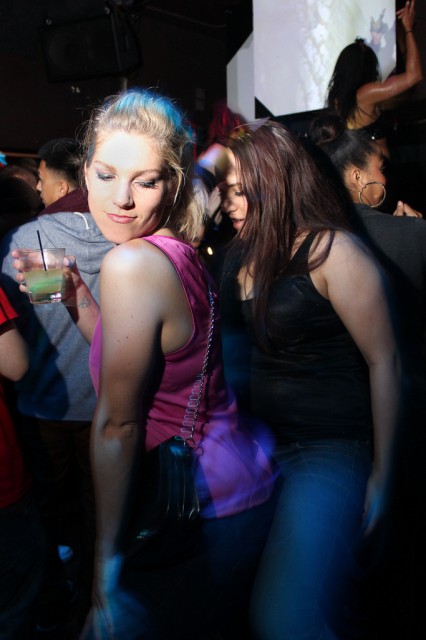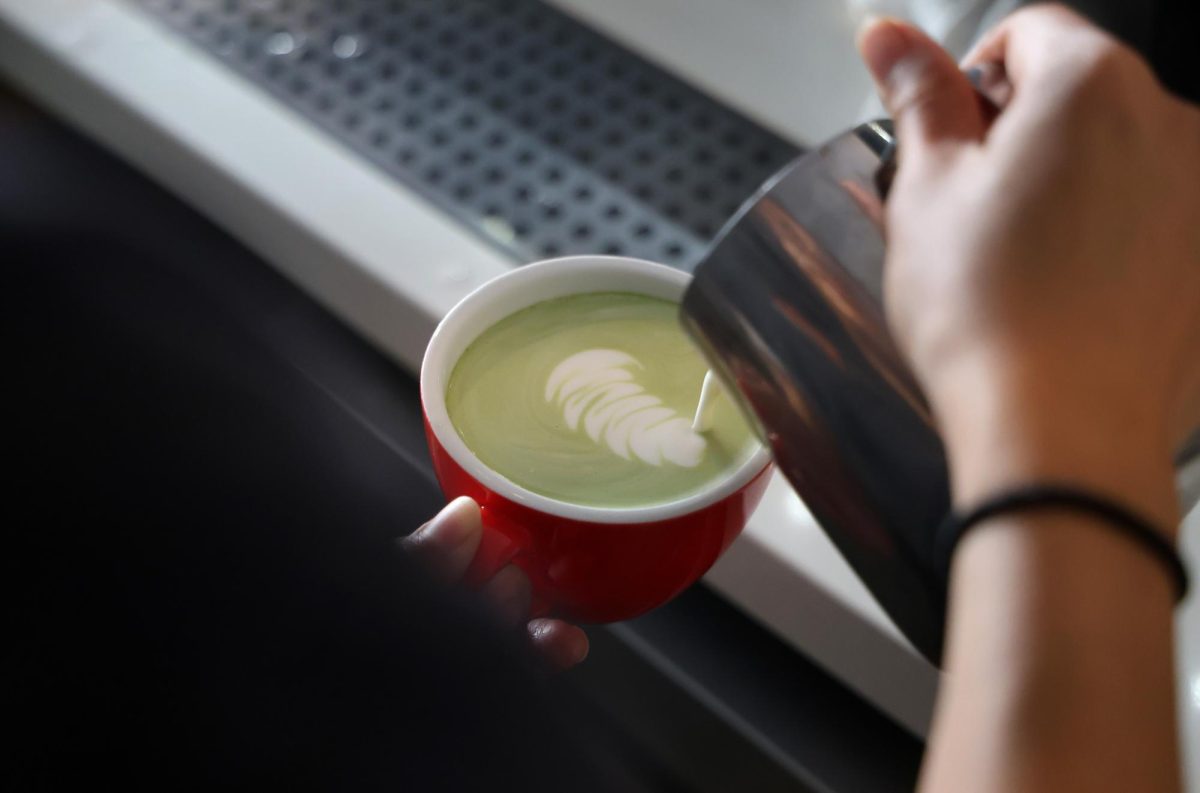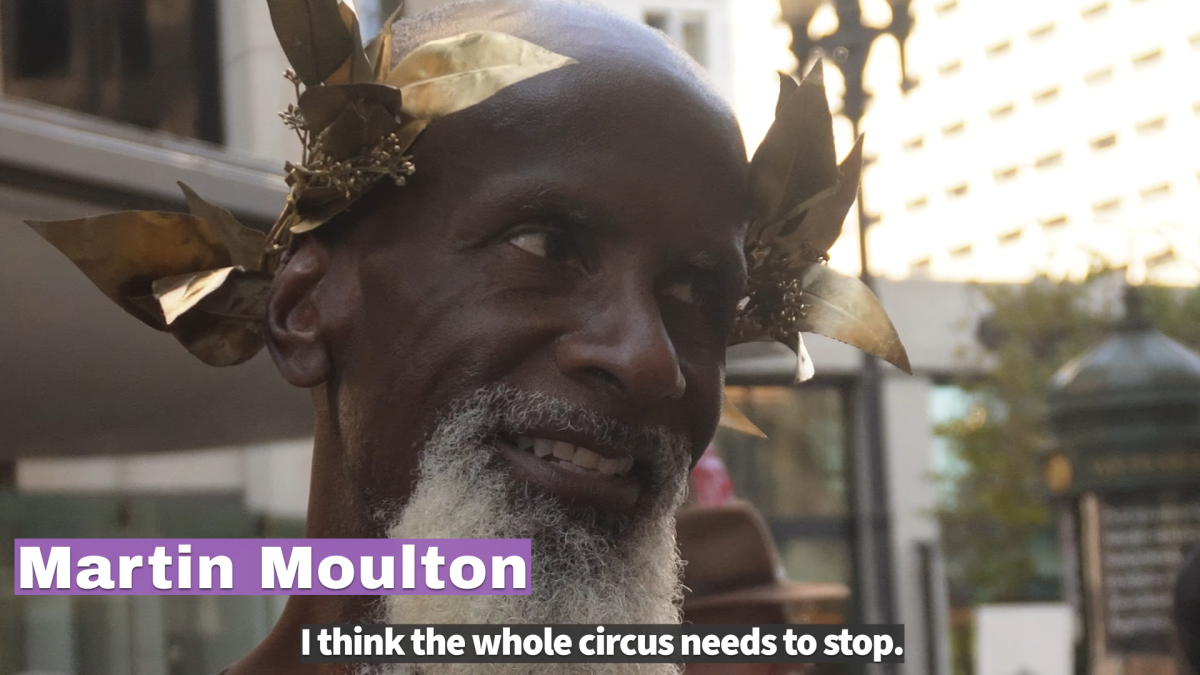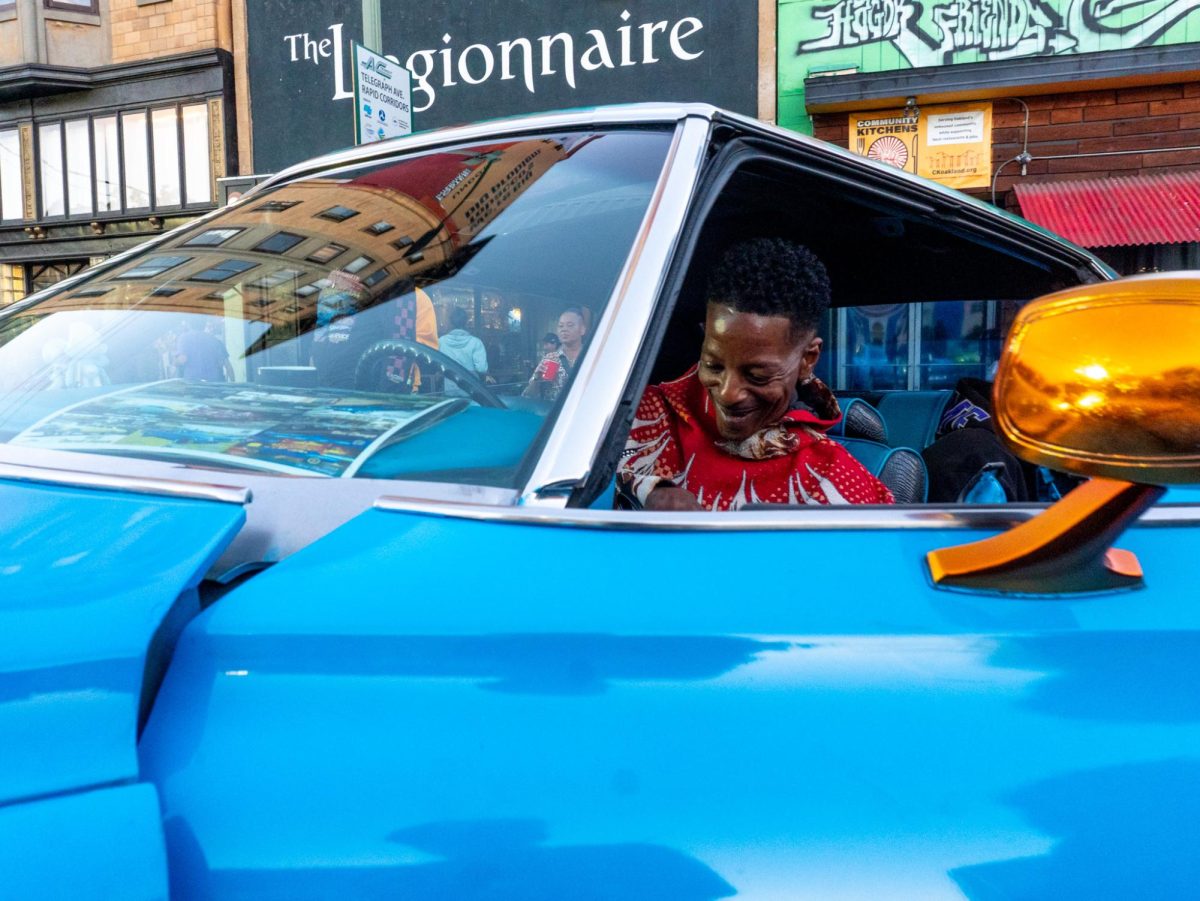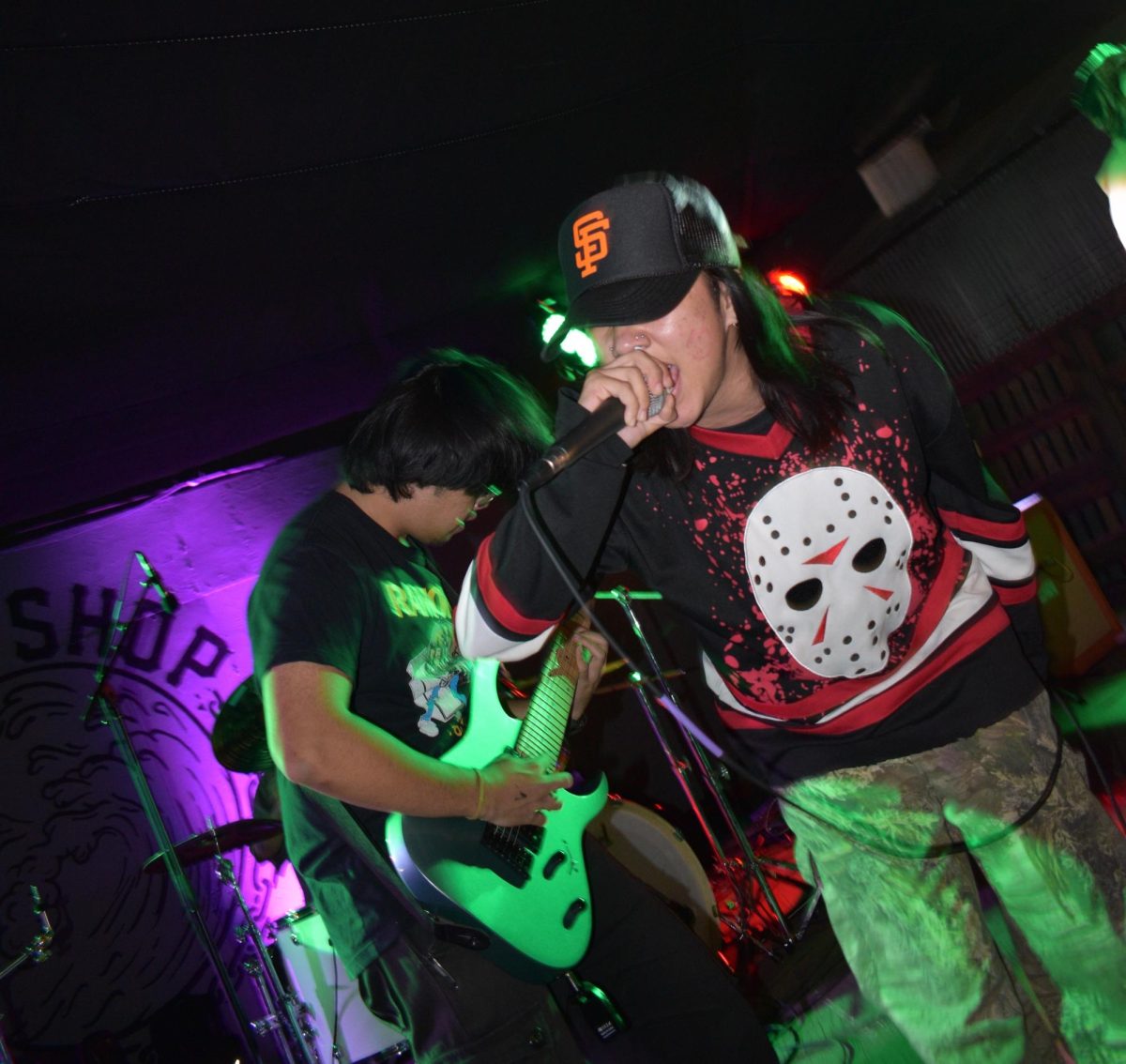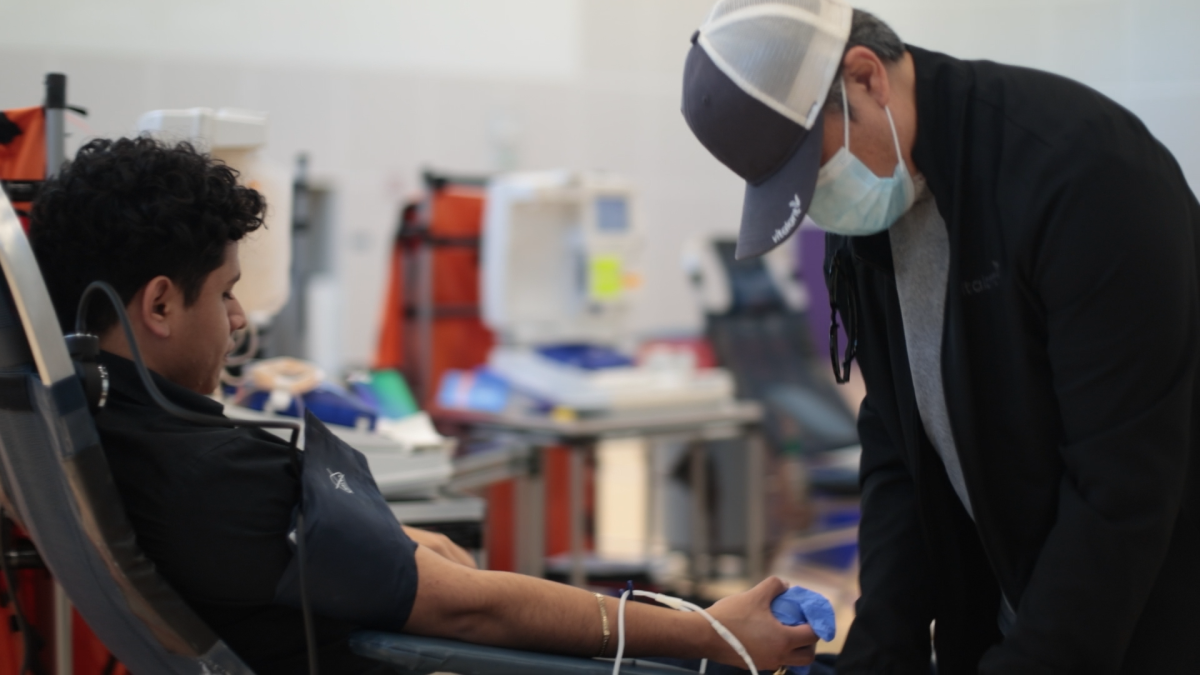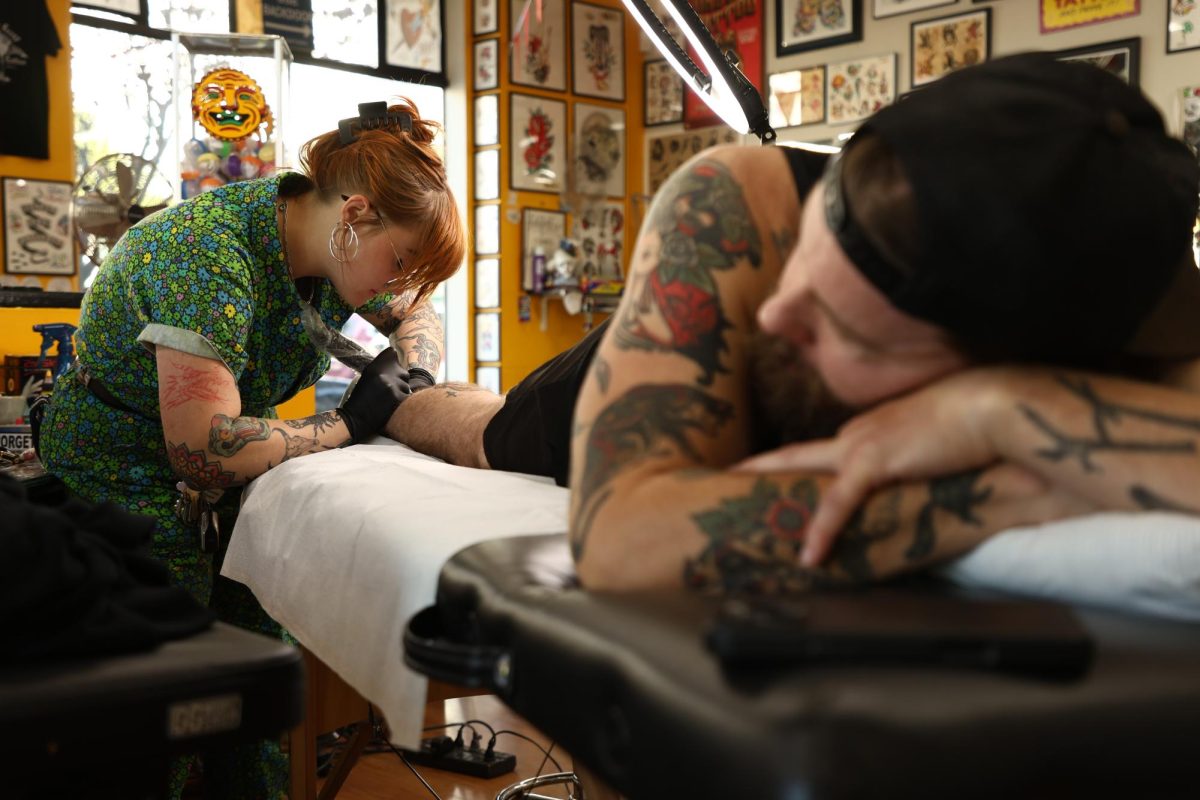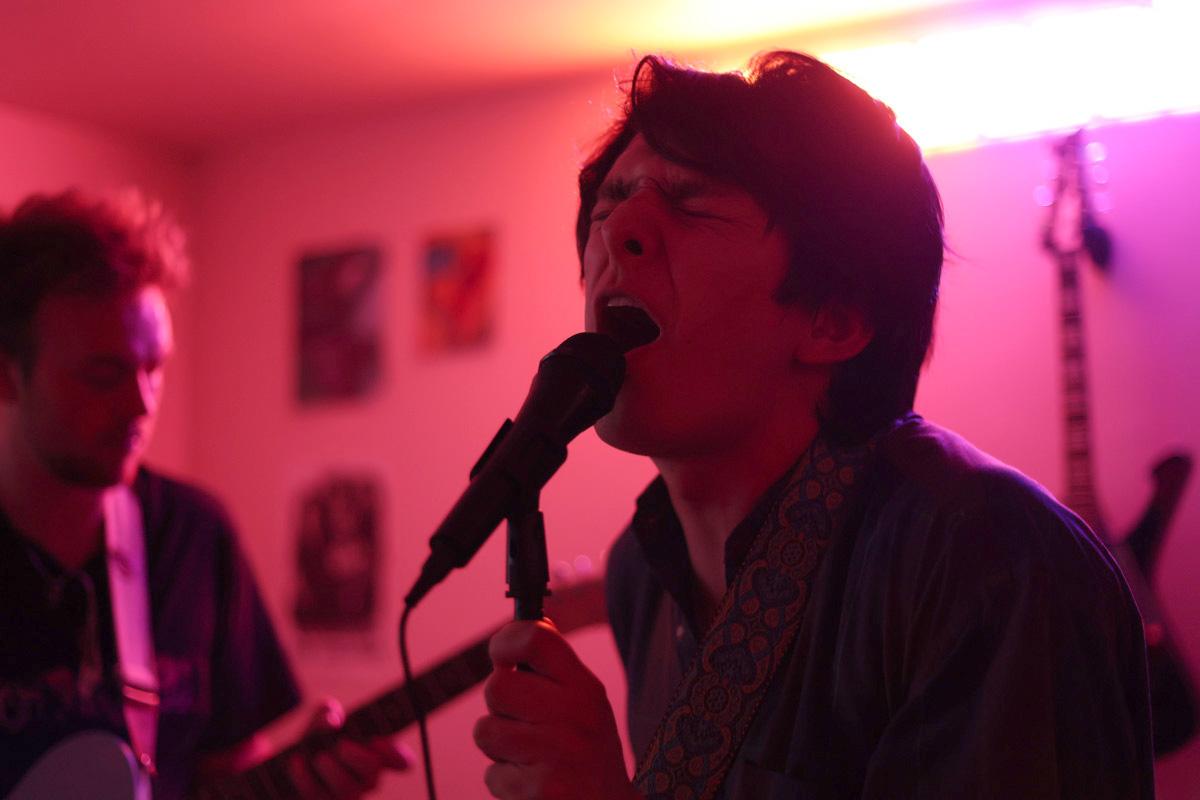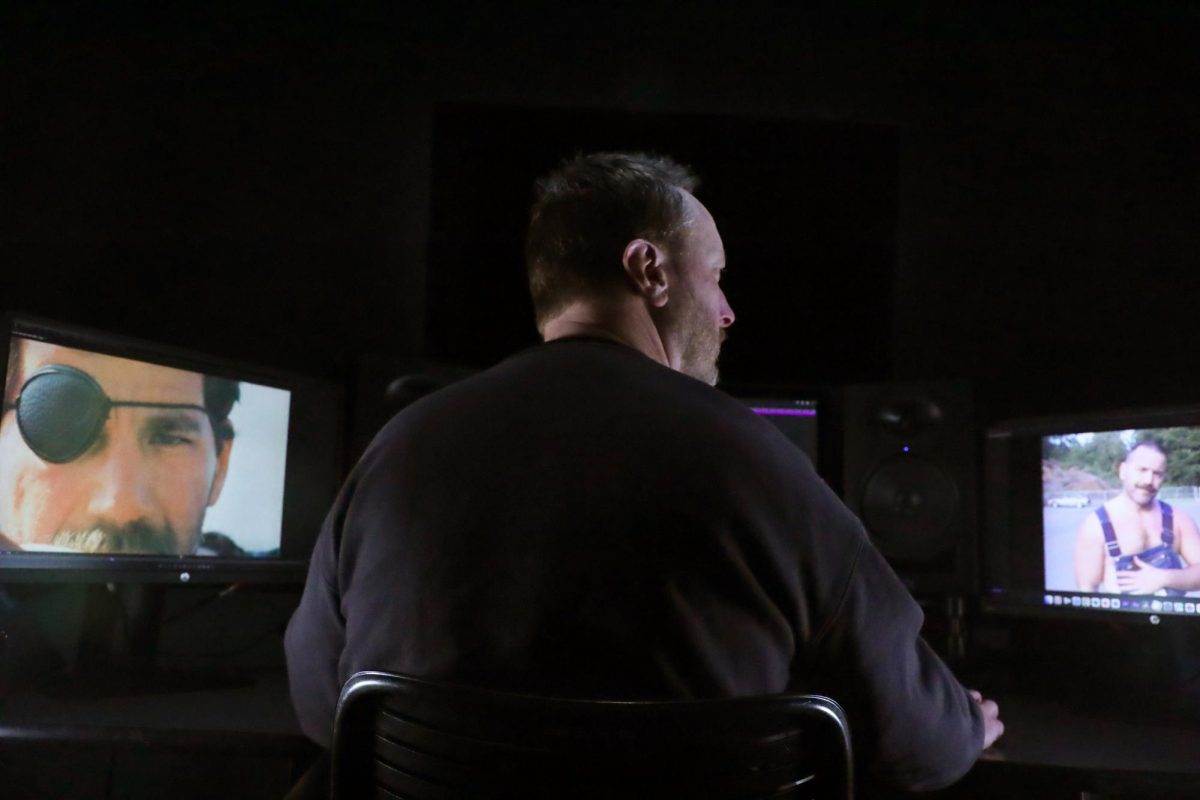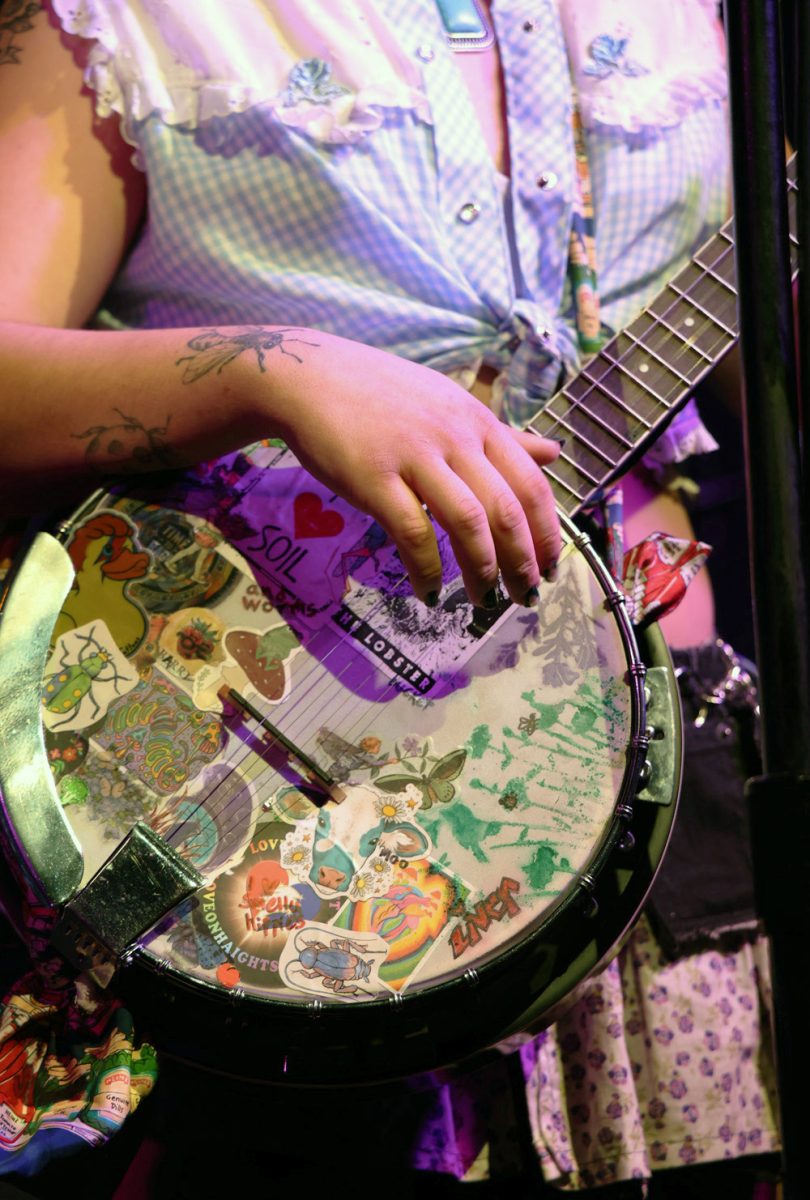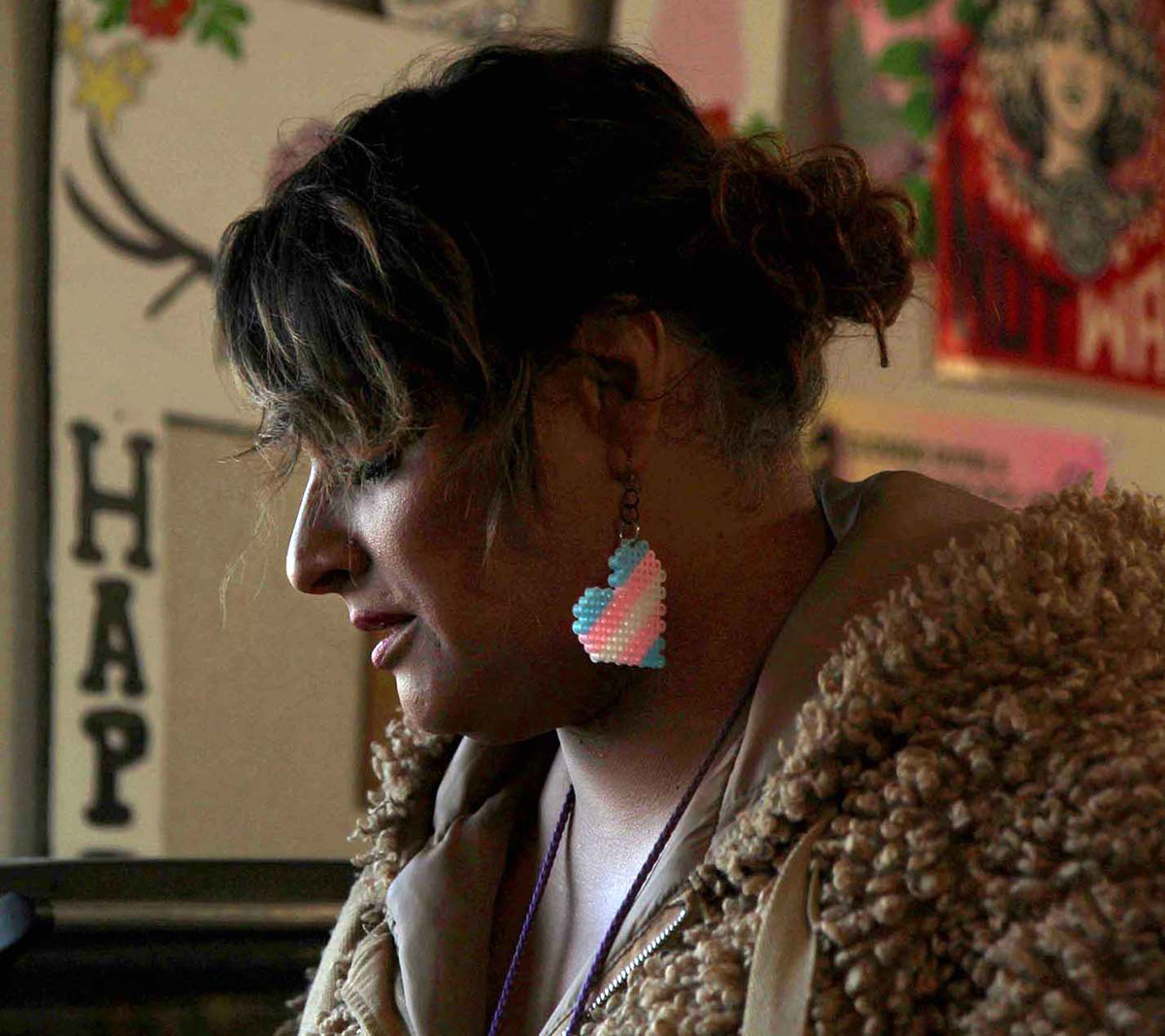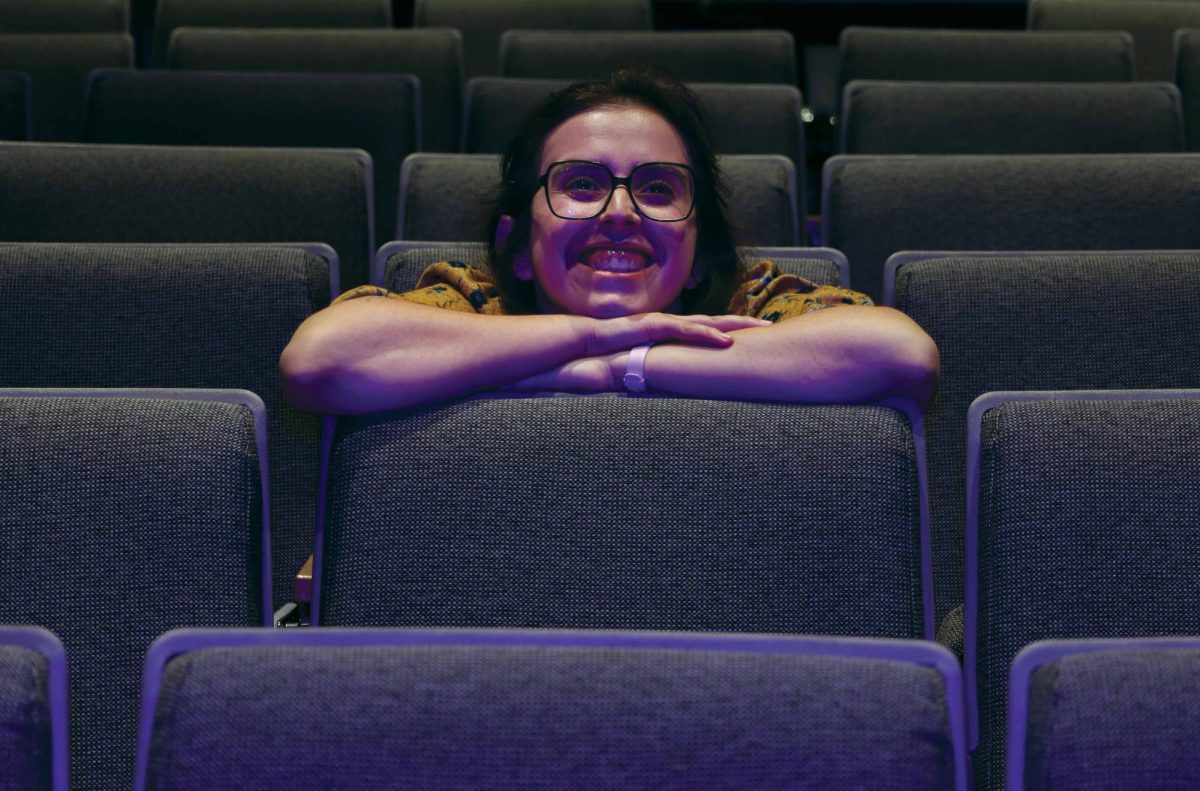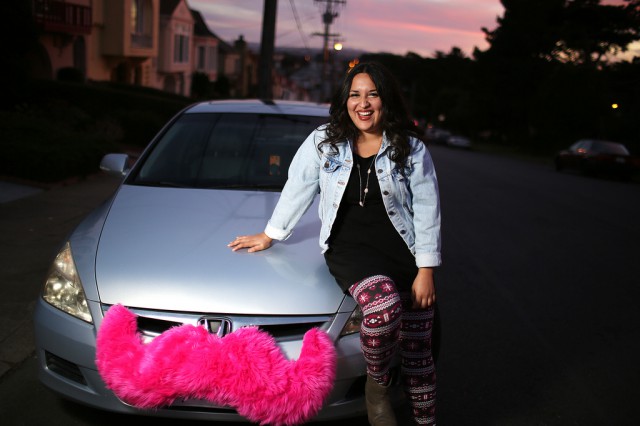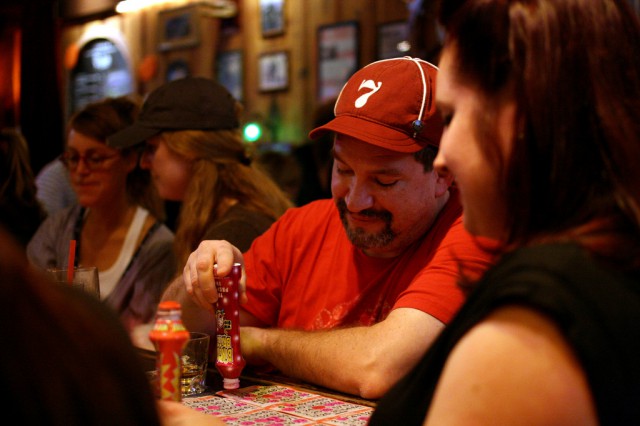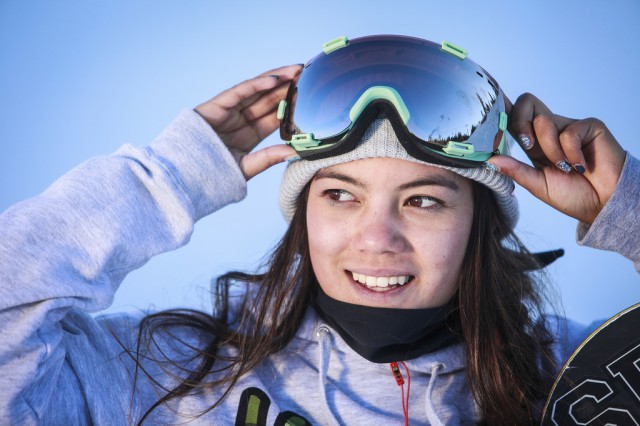
Written by Ivane Lund-Soyombo
Photos by Tony Santos
Miley Cyrus’ recent fascination with twerking—a dance popular in the black community for quite some time—mirrors the rise in popularity of something else that has been a facet of black culture for a while: trap music.
Though trap music has only recently permeated the hearts and minds of the West Coast, the genre has been around in its original form for over a decade.
Originating in the South in the early 2000s, Trap music has snuck its way into mainstream rap. Songs in the genre have similar characteristics including heavy use of 808 drum machines, layered synthesizers, and sped up hi-hats. The music is loud, fast and the bass is wall-shakingly heavy. Trap music derives its name from lyrical content about where authors sling drugs, aka the “trap”.
Trap music stayed semi quiet until around 2012 when popular Dubstep and EDM DJs began mixing and adding elements of trap music into their own sets introducing them to an audience much larger (and more diverse) than the original pioneers of the sub genre, and thus a match made in dance music heaven was born.
Like most popular things trap music has made its way to San Francisco, its popularity verified by a party called Trap City, which is thrown monthly by local winner of the SF Bay Guardian’s Best DJ of 2013.
Trap City
The first thing you notice when entering Trap City, at San Francisco’s club F8—it’s extremely packed. The second thing you notice is the extreme diversity of the crowd. Trap music enthusiasts and EDM lovers come to do Molly and dance—as well as a handful of newbies who just come to party—with no idea they are about to experience one of San Francisco’s most popular parties in all its sweaty, bass-y, glory.
“The scene is really diverse and you see all types of people attending which has been awesome,” says Eva Lee, or DJ UltraViolet as she’s known to the attendees of Trap City, which is thrown sporadically, but averages about three shows per month.
Trap City started last year as an experiment between UltraViolet and her partner Napsty, both of whom are veteran DJ’s in the Bay Area music scene. When trap elements started permeating dubstep, they both started incorporating those elements into their sets and realized there wasn’t a regular party that featured the kind of EDM trap they were playing.
“We had such a great response that we decided to make it a regular event,” says Lee. “We had no idea it would become so popular. A lot of people told us it wasn’t a good idea and that it wouldn’t take off. Thankfully it did.”

Halfway into the party a group of girls wearing fishnets and little else, come bouncing through the crowd and help each other onto the stage. A girl that was spotted earlier wearing a Mickey Mouse sweater and a yellow skirt reappears on stage in a bra, undies, a garter belt, and thigh highs, as part of the Trap City Twerk Squad. A squad so elite that it requires interested parties to apply, after which only the best are chosen to join.
“Generally we like to not only pick the best dancers but also people who really want to be a part of the scene and dedicate themselves to the craft,” says Lee. “You can tell the difference pretty fast between someone who is just coming to get paid and someone who loves what they are doing.”
The girls start dancing in pairs, and the entire room stops to watch. Boys stand slack-jawed at the sight of skilled dancers wearing minimal clothing. Girls clamore closer to the stage and start dancing in front of the Twerk Squad, as if increasing their proximity would somehow increase their own ability to dance.
Members of the Twerk Squad never take their clothes off, but are repeatedly gifted dollar bills for their efforts.
Bay Area Trap
Though based on elements of a Southern style of music, Trap music has developed into something uniquely Bay Area. How much more “San Francisco” does it get than an event called Twerking for Puppies? A show which doubles as an event to benefit Rocket Dog Rescue, a Bay Area dog rescue organization.
Stylist and Internet personality Jasper Abellera says he has been a fan of Hip-Hop and progressive dance music for a while. Seeing producers at the forefront of the Trap scene bridge the two genres is something that resonates greatly with him.
“Trap makes great turn up music, and no one turns up like the Bay, so it’s cool to see local parties like Trap City in SF and Sick Sad World in Oakland,” says Abellera.
Trap music’s popularity amongst the EDM-loving college crowd—a far cry from it’s hip-hop and crunk roots—has lead many to attest that “trap music is dead”. But you need look no further than the Bay Area to see that it is alive and thriving. x


